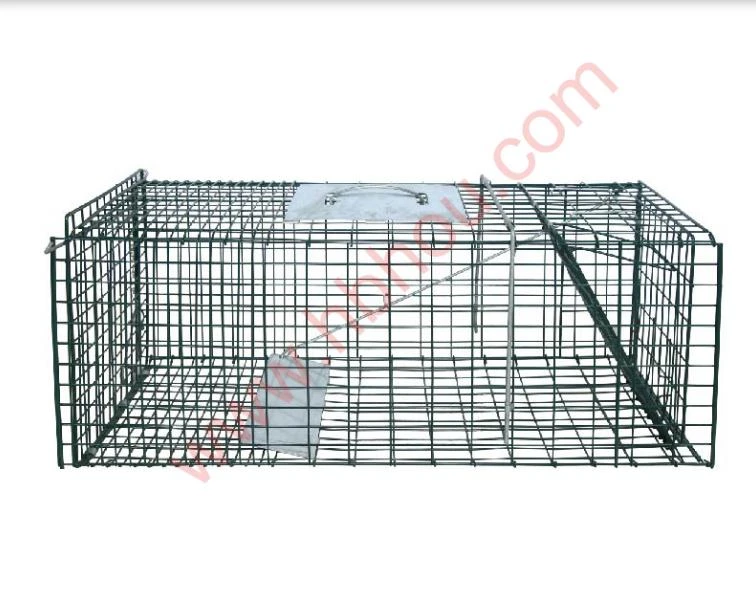The Aesthetic and Functional Role of Garden Walls and Fences
Garden walls and fences serve as much more than mere boundaries. They encapsulate a blend of aesthetic appeal and functional necessity, shaping our outdoor spaces and influencing how we interact with our environment. This article delves into the significance of garden walls and fences, exploring their history, purpose, and the diverse styles available today.
Historically, walls and fences have been utilized since ancient times, primarily for protection and delineation. Early civilizations constructed stone walls to safeguard their crops and livestock from wildlife and intruders. In medieval Europe, tall fortifications surrounded towns, while individual farms utilized fences to separate their property. Over the centuries, as cultures evolved, so did the purpose of these structures. They transformed from mere protective measures to elements of design that reflect personal aesthetics and societal values.
One of the primary functions of garden walls and fences is to provide privacy. A well-constructed fence creates a serene sanctuary for homeowners, offering a retreat from the bustling world outside. In urban environments, where space is limited and houses are often in close proximity, fences can shield inhabitants from the eyes of neighbors, ensuring a sense of comfort in their outdoor space. Similarly, garden walls can add an extra layer of seclusion, allowing for intimate gatherings or quiet moments of reflection amid nature.
Beyond privacy, garden walls and fences also serve to enhance security. They act as barriers against unwanted animals and trespassers, safeguarding valuable gardens and outdoor living spaces. The choice of material and design can influence the level of security; taller, sturdier fences made of wood or metal provide a more robust deterrent compared to low decorative fences. Moreover, in regions prone to wildlife, such as deer or rabbits, fences can protect delicate plants from being consumed.
garden walls and fences

Aesthetically, garden walls and fences play a crucial role in defining the character of outdoor spaces. They can frame gardens, creating a structured look that enhances the overall design. Whether it's a rustic wooden fence that evokes a sense of countryside charm or a sleek metal wall that conveys modern elegance, the choice of materials and styles allows homeowners to express their tastes and personality. For instance, brick walls can deliver a classic, timeless feel, while trellises adorned with climbing plants add a touch of nature and vibrancy.
Diversity in design also signifies the growing trend of incorporating sustainable practices in landscaping. Many homeowners opt for eco-friendly materials such as reclaimed wood or bamboo, which not only contribute to environmental sustainability but also bring unique textures and colors to outdoor spaces. Additionally, living walls—vertical gardens that incorporate various plants—are becoming increasingly popular, merging the function of a fence or wall with the beauty of nature.
Another exciting trend is the use of fences and walls as canvases for art. Mural paintings and graffiti can turn simple barriers into striking visual statements, contributing to the local community's character. By doing so, these outdoor structures not only serve their practical purposes but also become integral parts of cultural expression.
In addition to design and security, walls and fences can create microclimates, affecting the growth of plants and the overall feel of a garden. For instance, south-facing walls can absorb sunlight and radiate heat, providing a warmer environment for tender plants that may struggle in colder climates. This feature underscores how walls and fences can influence not just the layout of a garden but also its environmental aspects.
Ultimately, garden walls and fences are multifaceted structures that transcend mere utility. They embody a rich history, define spaces, and reflect personal styles while contributing to ecologically conscious practices. Whether for privacy, security, aesthetic appeal, or environmental considerations, they are essential components of garden design. As homeowners increasingly recognize the importance of integrating these elements, the relationship between architecture and nature continues to evolve, making gardens increasingly vibrant, secure, and personalized. As we move forward, the creative possibilities of garden walls and fences are endless, reflecting the dynamic interaction we have with our outdoor spaces.
















